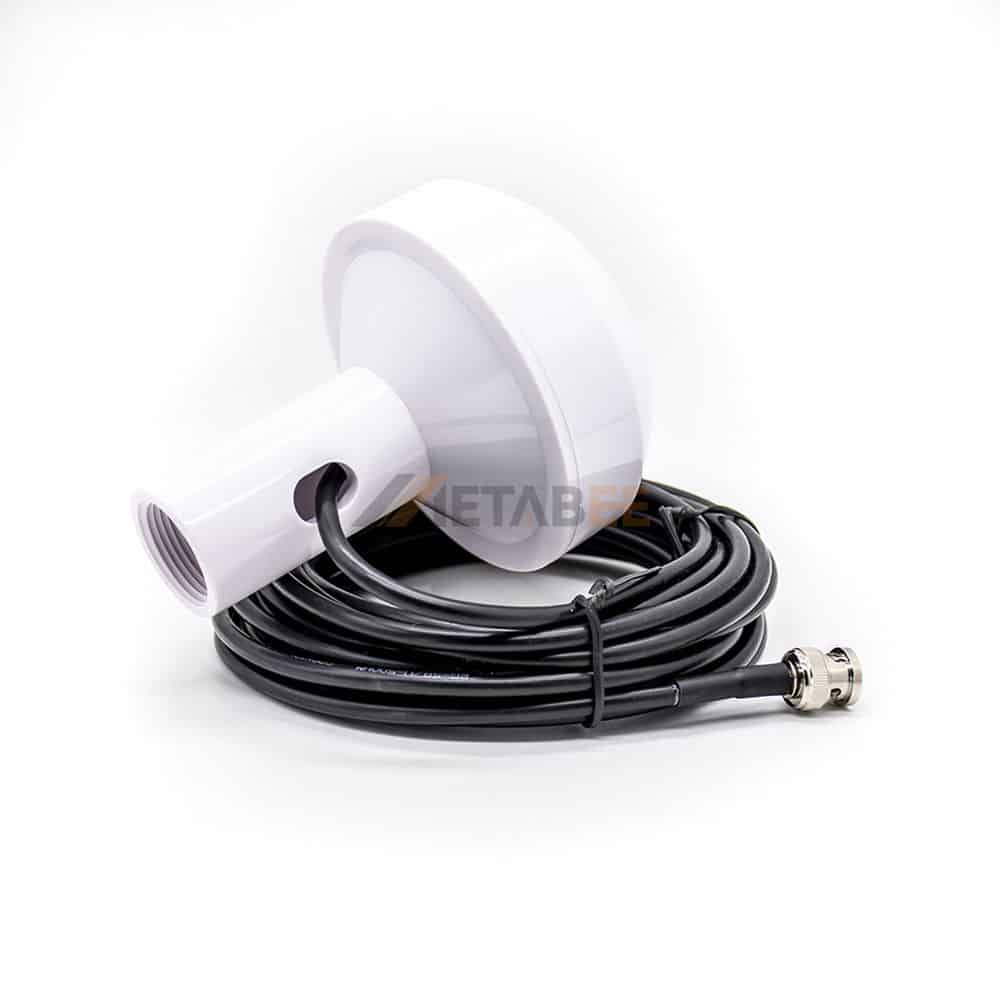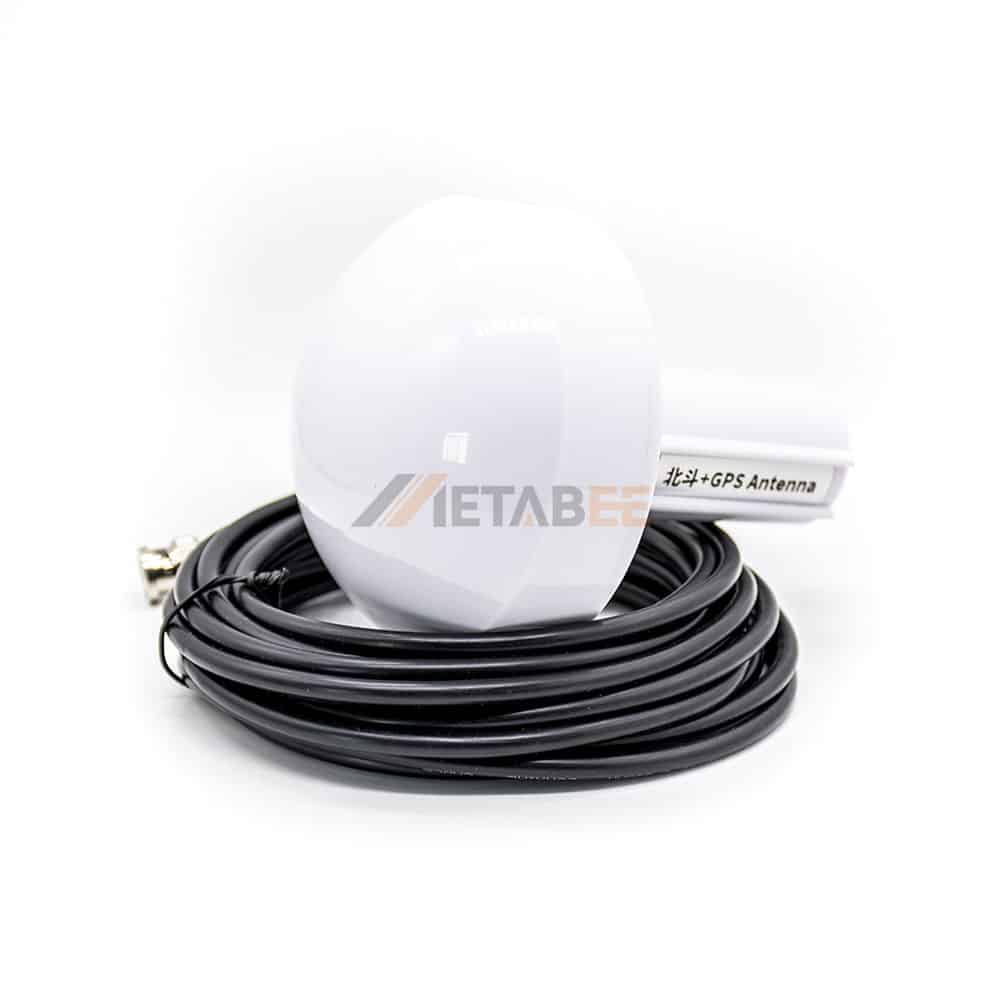Mushroom head antenna is a type of antenna commonly used in radio communication systems. It is named after its unique shape, which resembles a mushroom cap. It is a type of marine antenna designed to receive GPS signals from satellites.
Mushroom head antenna is designed to operate at a specific frequency range, and its characteristics can vary depending on its construction and intended use.
The GPS Marine Mushroom Type Antenna is primarily used for marine navigation and communication applications.It is compatible with a wide range of GPS receivers and other marine electronics, making it a versatile and reliable option for marine navigation.

Products Feature
Compact & Low-profile
The GPS marine mushroom type antenna typically consists of a mushroom-shaped dome that sits on top of a base, which contains the antenna electronics.
L1 and L2 Frequency Bands
It operates at L1 and L2 frequency bands (1575.42 MHz and 1227.60 MHz), which are the frequencies used by GPS satellites to transmit signals.
Mounting
It is designed to be mounted on top of a boat or other marine vessel. It can be mounted on a flat surface or a curved surface, depending on the specific model.
Weather Resistance
It is designed to be weather-resistant and able to withstand exposure to harsh marine environments, including saltwater, UV radiation, and extreme temperatures.

Application

Navigation: It is used to receive GPS signals from satellites to accurately determine a boat’s location, speed, and direction, which is essential for navigation and safe boating.
Marine Communication: It can be used to provide location information for marine communication devices such as VHF radios, AIS transceivers, and EPIRBs (Emergency Position Indicating Radio Beacons).
Weather Tracking: It can be used to track weather patterns, such as hurricanes and storms, to help boaters avoid dangerous weather conditions and navigate safely.
Search & Rescue: It can be used in search and rescue operations to locate distressed boats or individuals who are lost at sea.

















